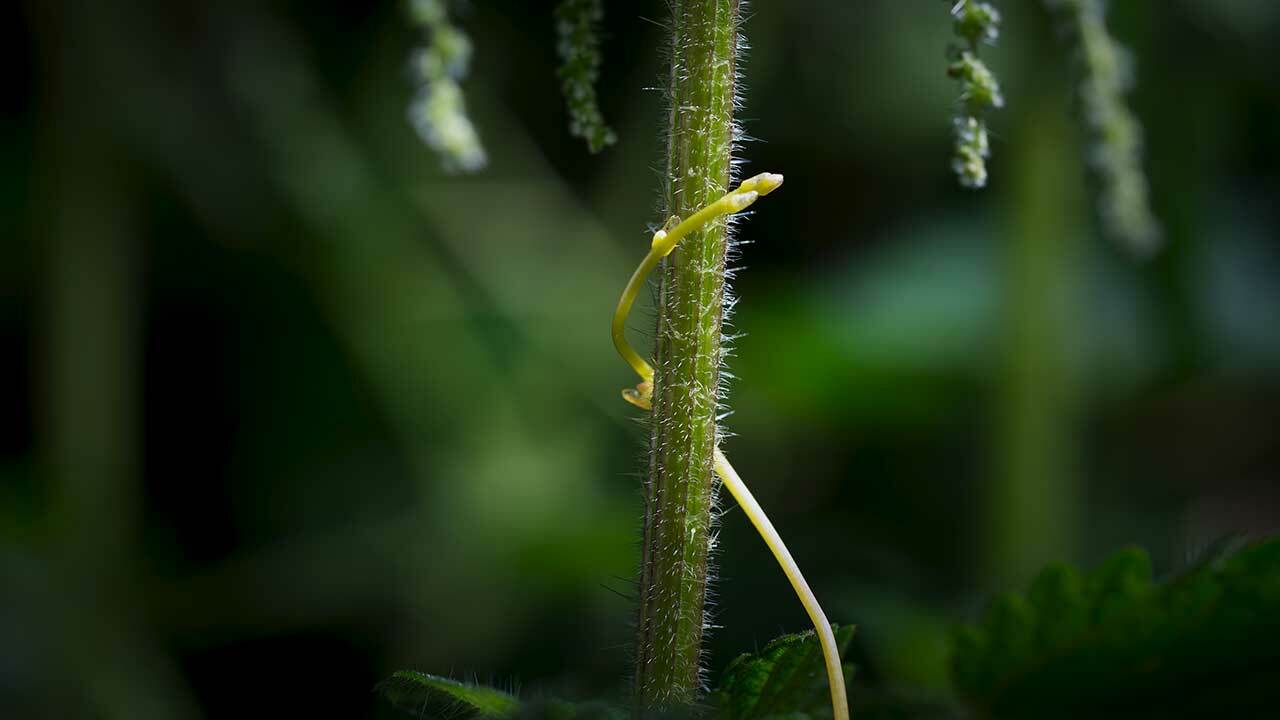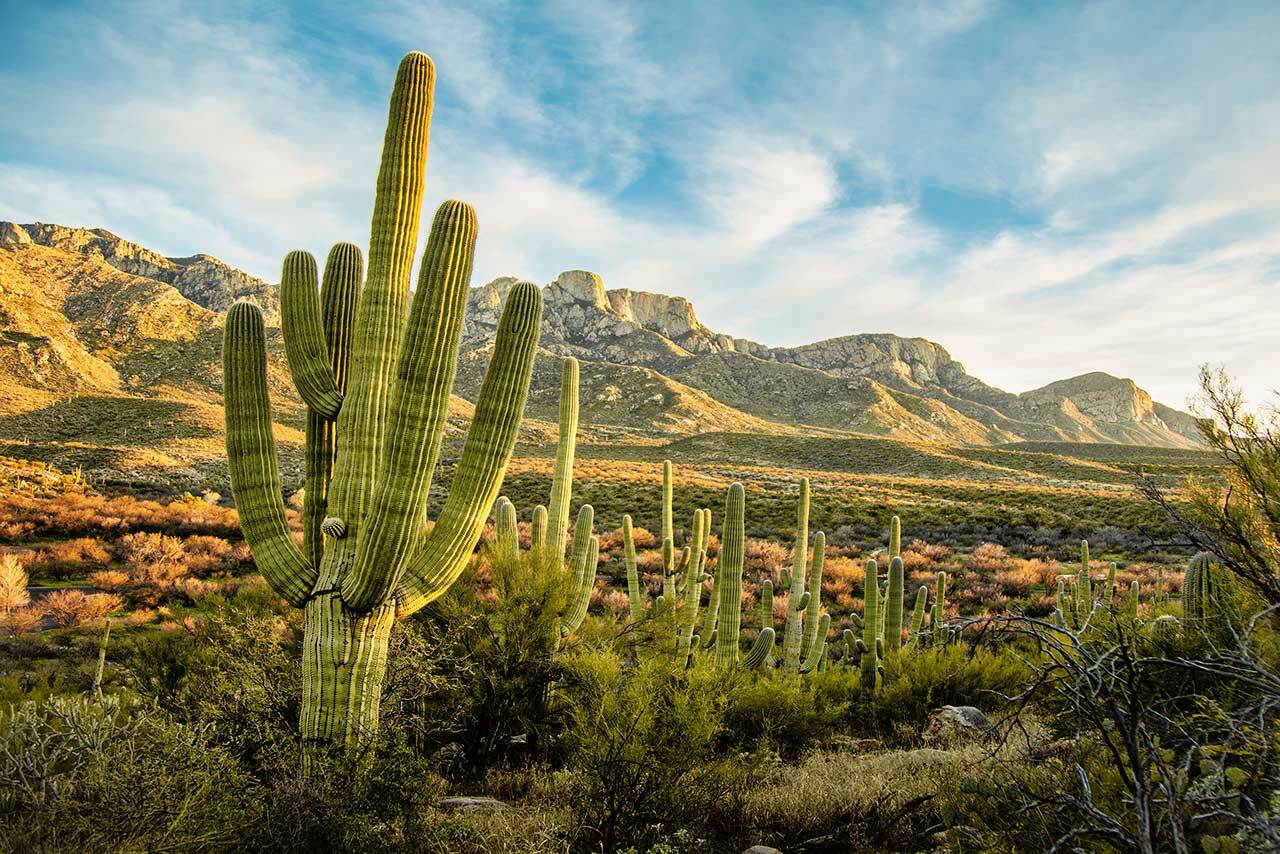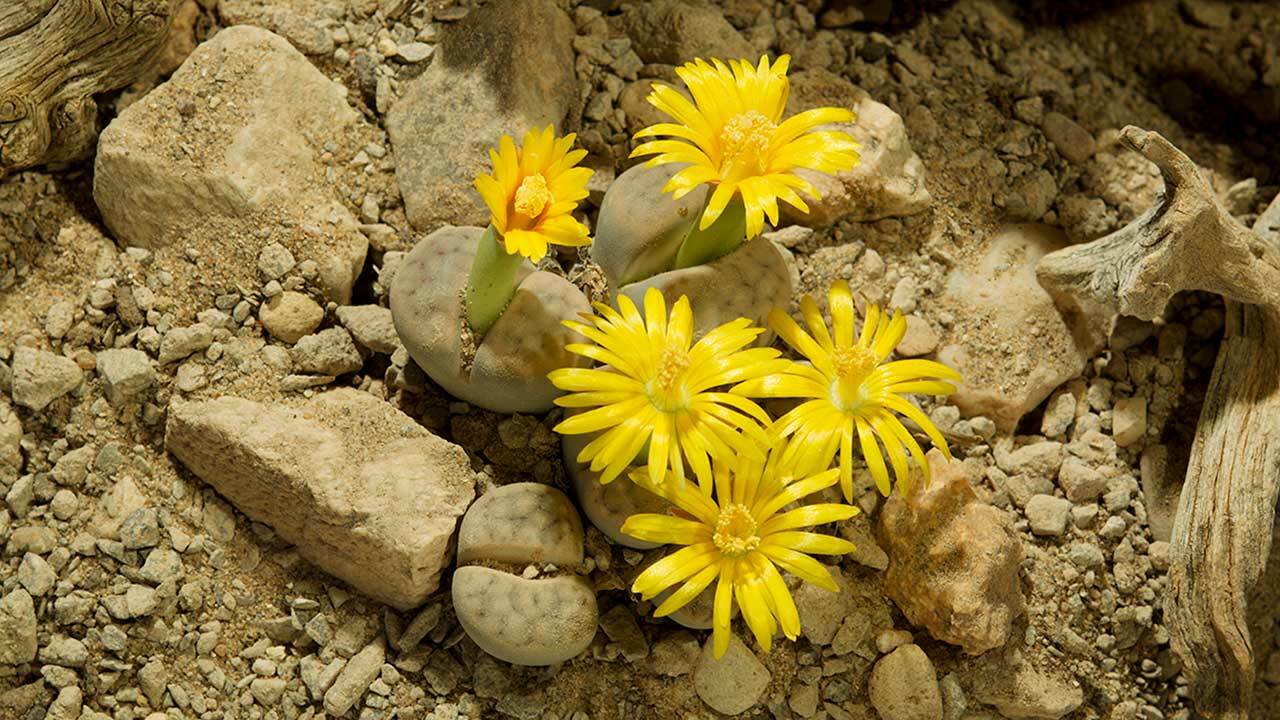
Symbiosis is defined as a close, prolonged association between two or more different biological species. This relationship can be symbiotic (mutualistic), where both parties involved benefit from the interaction, or it can be parasitic, where one party benefits while the other is harmed. There are many examples of symbiotic relationships in nature, including mutualistic relationships between plants and animals.
Join Sir David Attenborough as he witnesses many examples of this symbiosis between different plants and plants and animals, all across "The Green Planet."
Examples of Symbiosis in Plants
There are all sorts of symbiotic relationships in nature. Here are some examples:
- One example of symbiosis is the relationship between certain species of ants and acacia trees. The ants live in the hollow thorns of the acacia tree and help to protect the tree from herbivores by attacking any that try to eat the leaves or bark. In return, the acacia tree provides food for the ants in the form of nectar secreted from the tips of its leaves.
- Another example of symbiosis is the relationship between nitrogen-fixing bacteria and leguminous plants such as clover, alfalfa, and soybeans. These bacteria live in the roots of the plants and convert atmospheric nitrogen into a form that the plants can use, such as nitrates. The plants provide the bacteria with a place to live and access to carbohydrates produced through photosynthesis. This symbiotic relationship is important because it helps to replenish the soil with nitrogen, which is essential for plant growth.
- Mutualistic relationships between nitrogen-fixing bacteria and leguminous plants help the plants to grow by providing them with nitrogen.
- Mycorrhizal fungi form symbiotic relationships with the roots of most plants, helping them to absorb water and nutrients from the soil.
- Mesquite and cacti in the Sonoran Desert are another great example of symbiosis. The symbiotic relationship between the two plants helps them to survive in the harsh desert conditions. The cacti provide shelter and shade for the mesquite, and the mesquite provides the cacti with nitrogen-rich leaves that fall to the ground and decompose, providing nutrients for the cacti.
- Nettles in the UK are one last example of symbiosis in "The Green Planet." Nettles have symbiotic relationships with a number of different insects, including the caterpillars of the Large Tortoiseshell butterfly. The caterpillars feed on the leaves of the nettle and are protected from predators by the stinging hairs on the plant. In return, the caterpillars help to pollinate the nettles as they feed on them.
Support your local PBS station in our mission to inspire, enrich, and educate.
All of these symbiotic relationships are important for the health and vitality of the earth's ecosystems.
These are just a few examples of symbiosis in nature - and only a few of the ones demonstrated by Sir David Attenborough in "The Green Planet." There are many other fascinating symbiotic relationships out there waiting to be discovered!
This article was researched and compiled by Sandler Digital in collaboration with PBS.

The best of PBS, straight to your inbox.
Be the first to know about what to watch, exclusive previews, and updates from PBS.



